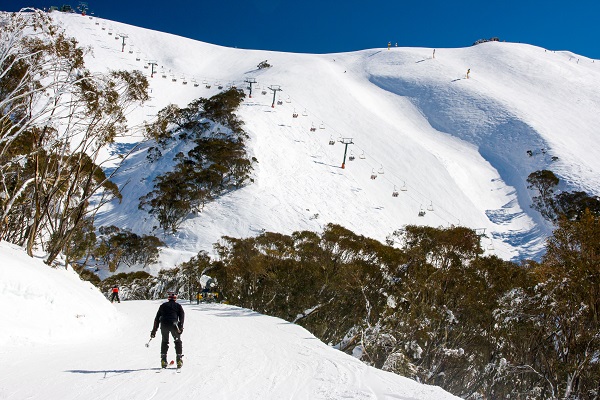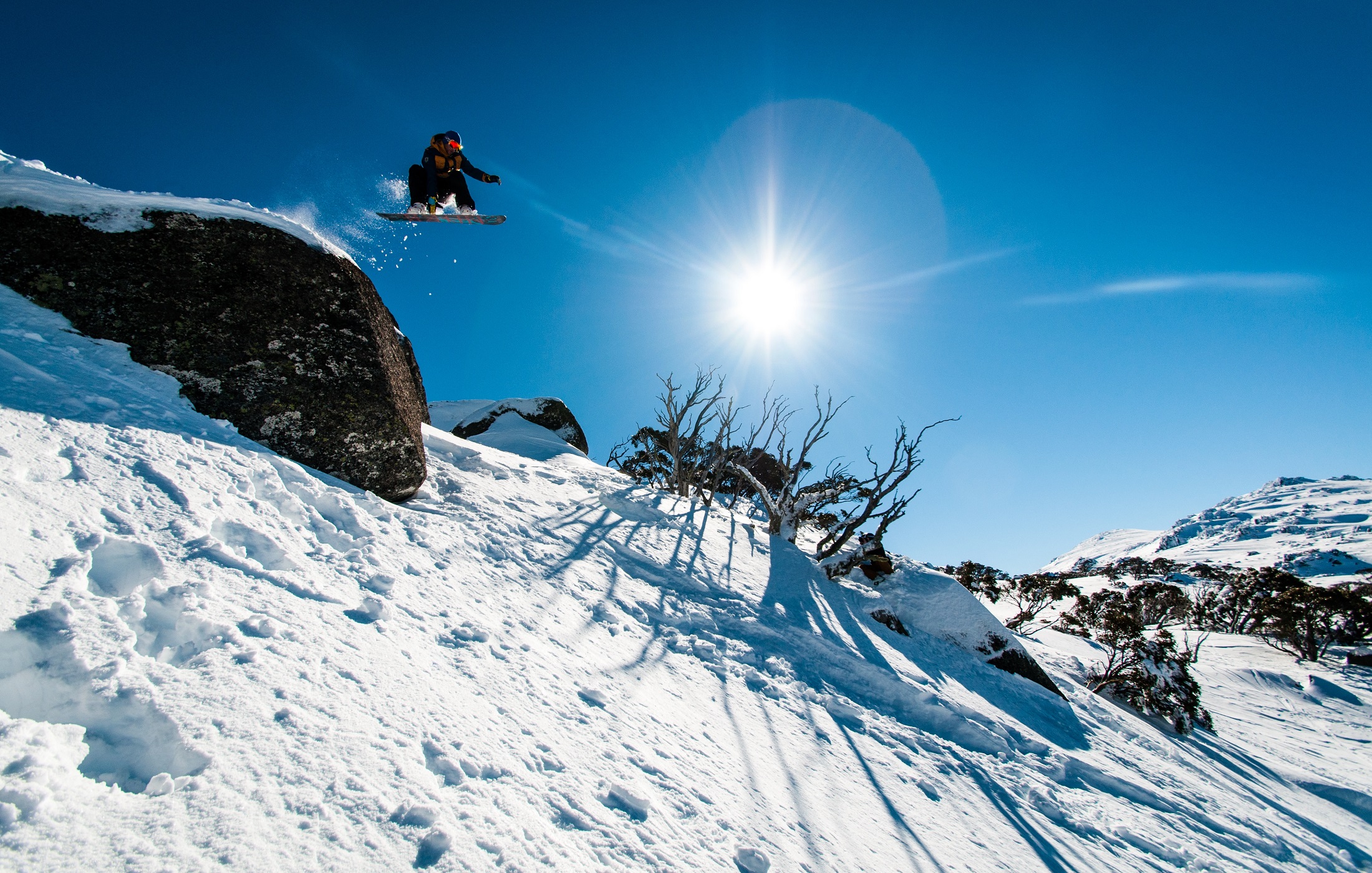Learn About the Best-Known and Snow-Covered Destinations In Australia
Discover the Fascinating Impacts of Snow in Australia on Regional Ecosystems
Regardless of its online reputation for sun-soaked landscapes, Australia additionally boasts regions buried by snow-- a phenomenon that profoundly influences the nation's distinct communities. The insulating properties of snows protect flora and animals amidst the chilliest winters, while the melting snow nurtures rivers and marine life.
The Unforeseen Regions of Snowfall in Australia
Although Australia is usually connected with sandy coastlines and sun-scorched landscapes, specific areas remarkably experience snowfall. The high country areas of New South Wales, Victoria, and Tasmania are especially understood for their winter season snow. The Snowy Mountains in NSW, as an example, obtain plentiful seasonal snow, supplying a stark comparison to the country's typical hot, arid environment. On the other hand, the Victorian Alps and parts of Tasmania likewise see yearly snowfalls, transforming the landscape into a winter paradise. These locations are not simply abnormalities yet important parts of Australia's varied environment system. The existence of snow in these regions significantly influences neighborhood ecological communities, subsequently influencing the nation's special biodiversity. Nevertheless, the details effect on Australia's unique plants will be discussed in the following area.

Just How Snow Impacts Australia's Special Vegetation
While it might appear uncommon, snowfall in Australia plays an important function in shaping the nation's distinct plants. The snow-filled winters months foster durability in Australian plant species. This is particularly evident in the sub-alpine and towering areas, where snow periodontals and mountain plum-pines prosper. These plants have developed to survive in extreme conditions, with snow acting as a protective blanket from freezing temperature levels and rough winds. The snow likewise adds to the moisture content of the soil, supplying required hydration for plant life throughout the dry summer season months. Basically, the snow affects the timing of blooming and seed dispersal, the development prices, and the survival of numerous plant species, showcasing the complex interaction between climate and flora in Australia.

The Adaptations of Australian Fauna to Snowfall
Simply as Australia's flora has adapted to the wintery problems, the regional fauna too, show remarkable adaptations to the snowfall. Variety like the Hill Pygmy-possum, the only Australian marsupial known to hibernate, have actually advanced strategies to make it through in snowy settings. It uses the snow as insulation, hibernating in rock crevices beneath the snow to remain warm. The Snow Skink, a species of lizard, alters its colour to white during winter season, offering camouflage versus predators. Birds such as the Snowy Mountains' Crimson Rosella also adjust their diet plans to consume available food sources during cooler durations. Therefore, despite the severe problems, Australian animals shows a durable and flexible nature, guaranteeing their survival in areas experiencing snowfall.
The Function of Snow in Forming Regional Ecological Communities
Fit the regional communities, the duty of snow in Does Australia Get Snow Australia is both multilayered and profound. It affects the distribution of plants and animals, largely defining the biodiversity of alpine and sub-alpine regions. Snow provides an important water source, feeding rivers and tanks as it thaws, therefore sustaining a selection of marine life kinds. In addition, snow works as an insulator, protecting ground-dwelling organisms from severe cold. Likewise, it plays a substantial duty in soil formation and nutrient biking. The routine cold and thawing of dirt generated by snowfall promotes the malfunction of rocks, improving soil fertility. Subsequently, the existence of snow shapes the plant life patterns, pet habits, and total sustainability of Australia's unique environments. Snow In Australia.

The Future of Snowfall in Australia: Forecasts and Implications

Provided the critical function snow plays fit neighborhood communities, the future of snowfall in Australia is attracting increasing attention from researchers and environmentalists. Current climate versions anticipate a substantial reduction in snowfall because of international warming, with potentially extensive influence on local environments. Much less snow can result in lowered water availability in alpine regions, adversely influencing wildlife environments and plant. Additionally, it could alter the timing of seasonal adjustments, interrupting the life process of numerous indigenous varieties. The tourism market, heavily reliant on the winter snow season, might also face significant challenges. Comprehending these predictions and their ramifications is critical to establish efficient conservation strategies, ensuring the conservation of Australia's one-of-a-kind biodiversity and the sustainability of its economy.
Verdict
The function of snow in Australia's ecosystems is pivotal yet usually overlooked. Thus, the snow in Australia is much more than an all-natural phenomenon; it's an essential gamer in the country's ecological narrative.
Despite its online reputation for sun-soaked landscapes, Australia also flaunts regions buried by snow-- a sensation that greatly influences the country's distinct ecosystems. It makes use of the snow as insulation, hibernating in rock gaps below the snow to remain warm - Does It Snow In Australia.In forming the local environments, the function of snow in Australia is both profound and multilayered. The presence of snow forms the vegetation patterns, pet habits, and total sustainability of Australia's distinct environments
Offered the essential function snow plays in forming local ecological communities, the future of snowfall in Australia is drawing boosting attention from scientists and ecologists.